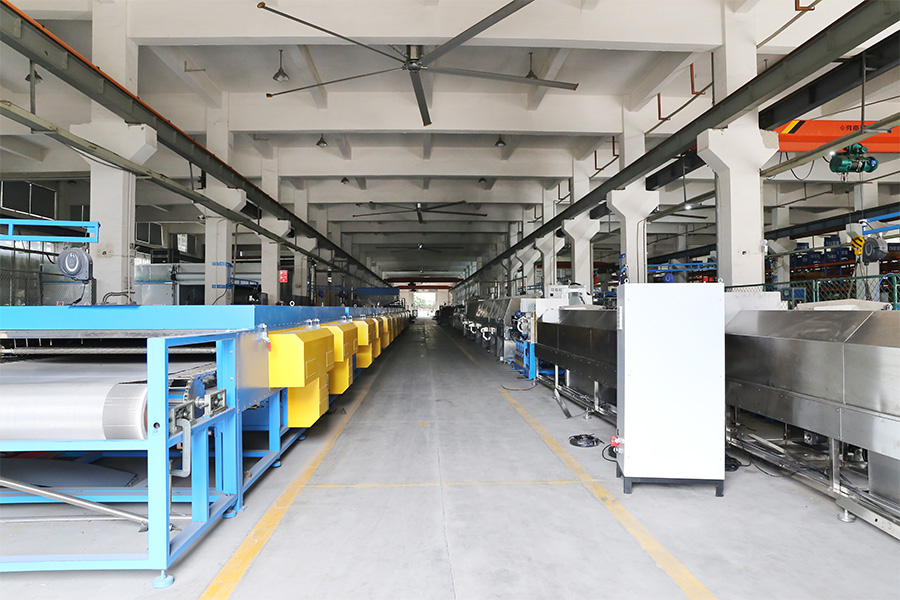The Main Products of EPDM Extruders: Applications and Benefits
EPDM (Ethylene Propylene Diene Monomer) rubber is a versatile and durable synthetic material widely used in various industries. Known for its resistance to weathering, ozone, and aging, as well as its high elasticity and low permeability to gases, EPDM has become a popular choice for numerous applications. The EPDM extruder, a key piece of equipment in the manufacturing process, is primarily used to shape and form EPDM rubber into a variety of products.

One of the common and critical applications of EPDM extruders is the production of weatherstripping and seals for the automotive industry. EPDM's resistance to heat, ozone, and UV radiation makes it an ideal material for seals and gaskets, particularly for vehicles. These products are essential for preventing the entry of water, dust, noise, and air into the vehicle interior, improving comfort and protecting against environmental factors.
EPDM extruders produce various types of automotive weatherstripping, including door seals, windshield seals, trunk seals, and window seals. These products are designed to conform to the specific shapes and sizes required by automobile manufacturers. The extrusion process ensures that these seals have the necessary flexibility and durability to maintain their performance over a long period, even under temperature variations.
EPDM rubber is also widely used in the construction industry, particularly for roofing applications. EPDM roofing membranes are highly valued for their exceptional waterproofing properties, resistance to UV radiation, and overall durability. These membranes are typically used for flat or low-slope roofs, where traditional roofing materials may not be as effective.
The extruder plays a significant role in the production of EPDM roofing membranes. Through the extrusion process, EPDM is shaped into large sheets that are then applied to the roof surface. These membranes offer long-lasting protection against weather elements, including rain, snow, and intense sunlight, and are a popular choice for both commercial and residential buildings. Additionally, EPDM roofing systems are energy-efficient, helping to reduce cooling costs by reflecting sunlight.
EPDM extruders are frequently used to manufacture hoses and tubing for a variety of industries, including automotive, construction, and agriculture. EPDM's resistance to heat, steam, and chemicals makes it well-suited for applications where flexibility and durability are important. Common examples include radiator hoses, heater hoses, brake hoses, and agricultural irrigation tubing.
In these applications, EPDM extruders shape the rubber into the desired diameter and length, while ensuring that the final product can withstand the pressures and conditions it will encounter. EPDM hoses are particularly valued in high-temperature environments, such as under the hood of vehicles or in industrial machinery, where their ability to resist heat and maintain flexibility is crucial for proper function.
EPDM extruders are also used in the production of electrical insulation materials, where the rubber's dielectric properties make it an ideal choice. EPDM is frequently used in the construction of insulating covers for wires, cables, and other electrical components. The material's resistance to heat and electrical conductivity ensures that it provides reliable insulation in a wide range of electrical applications.
In this context, the EPDM extruder forms the rubber into continuous lengths or custom shapes to fit specific requirements. The resulting insulated cables are widely used in automotive wiring, power transmission, communication systems, and various industrial electrical applications.






 English
English 中文简体
中文简体 русский
русский



